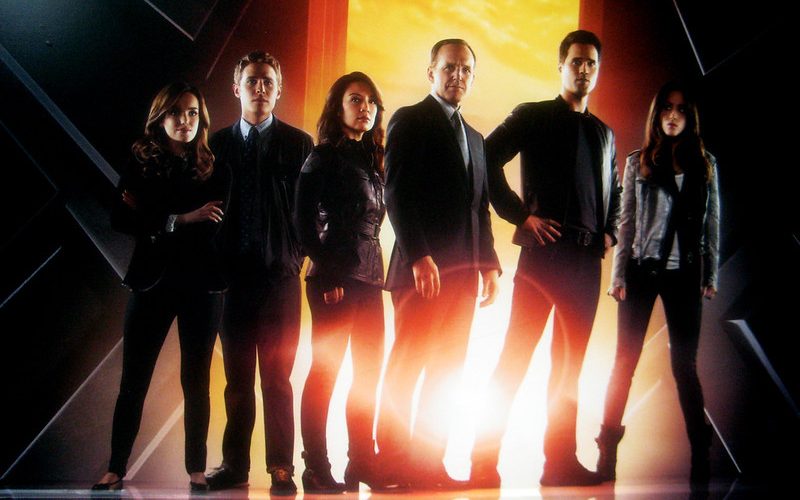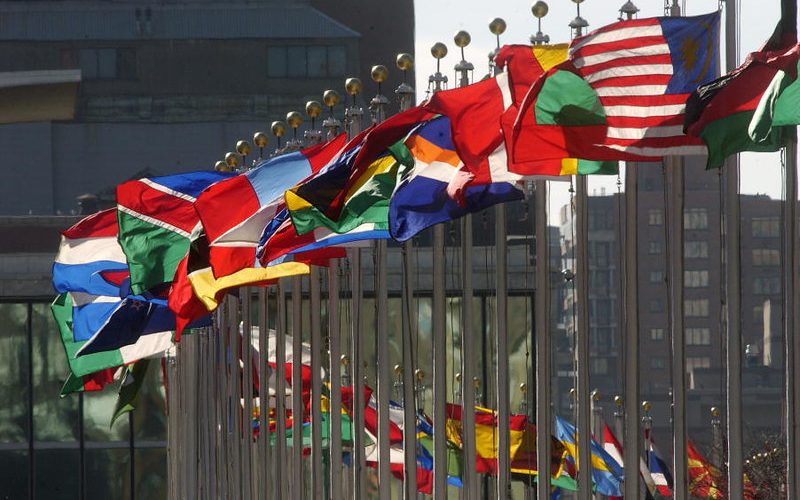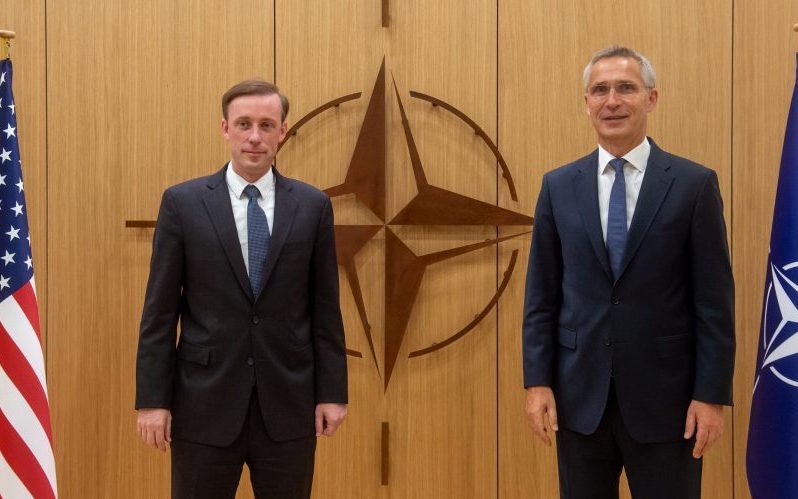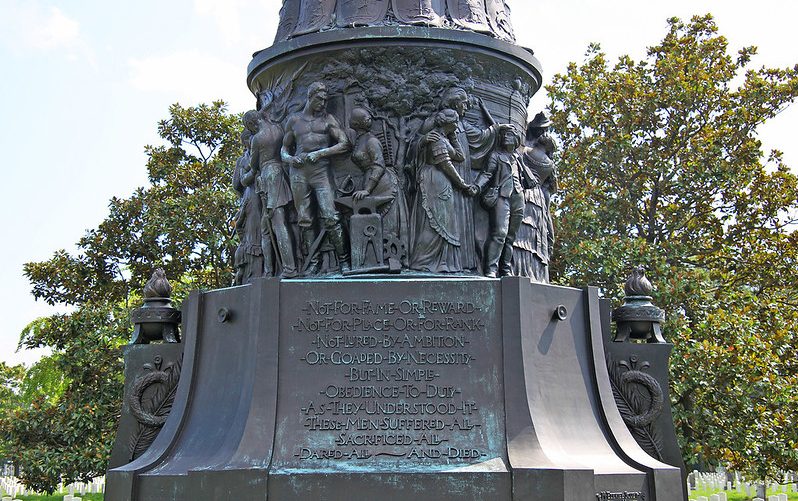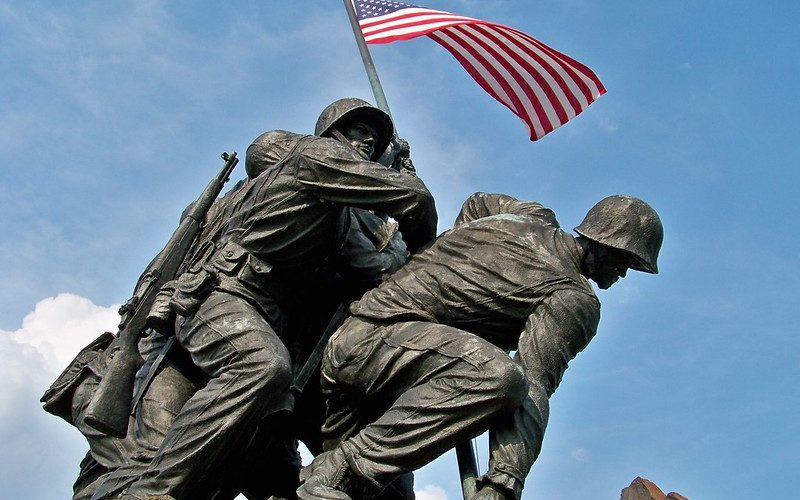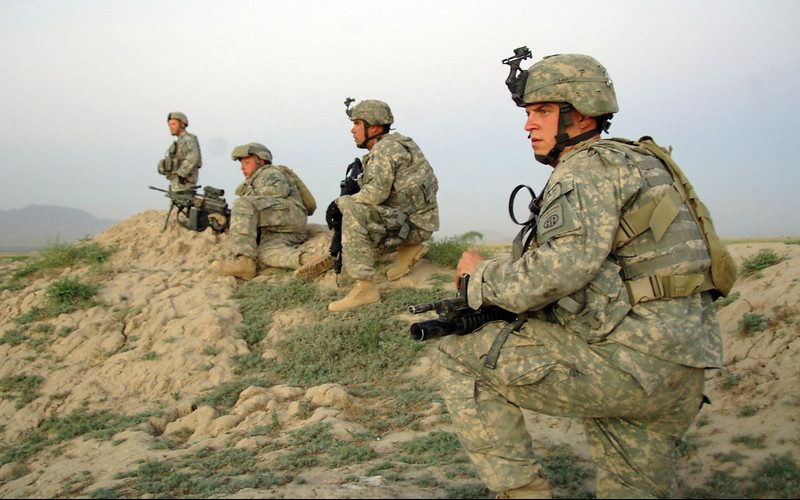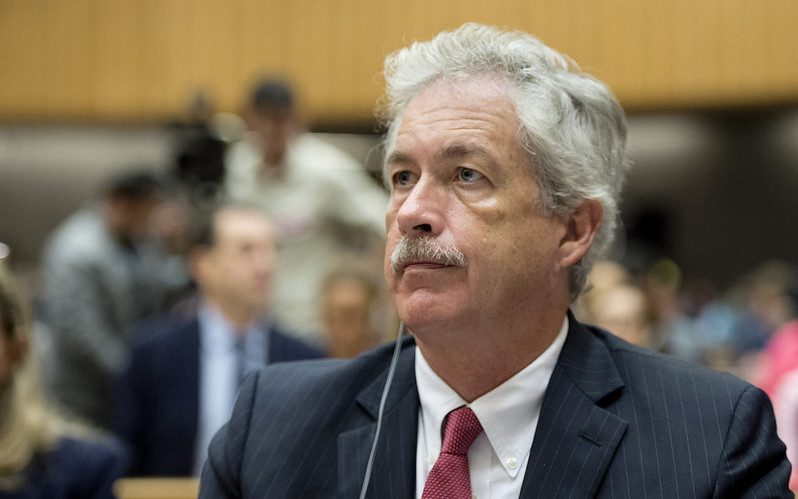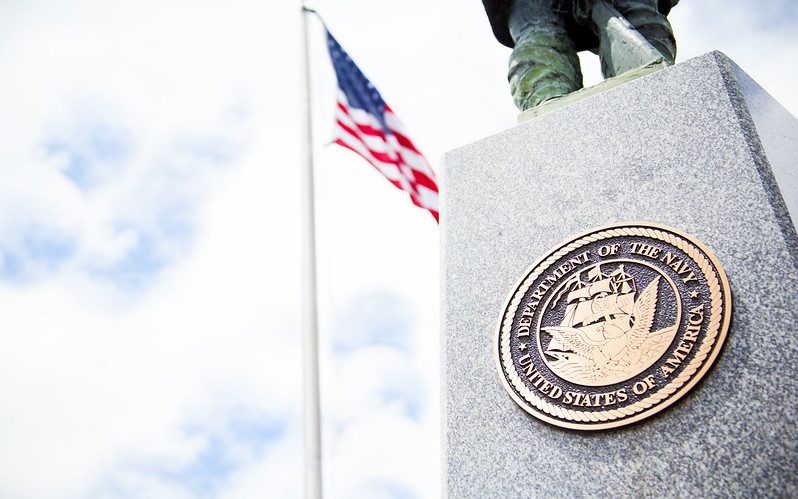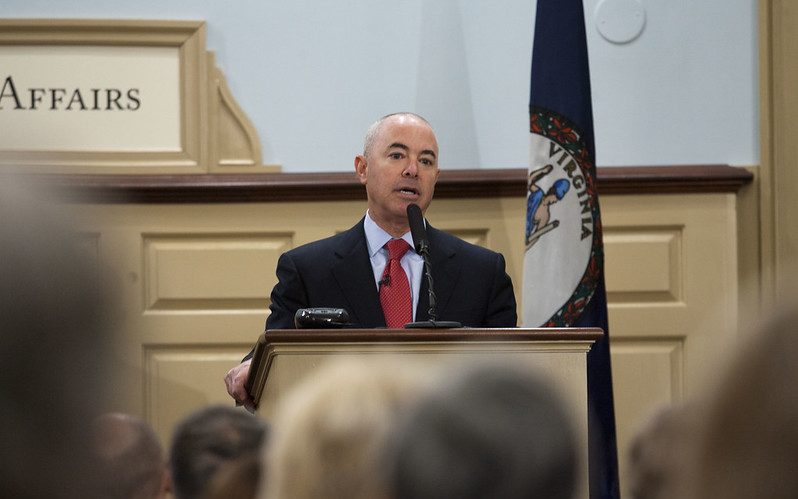
Damage Control: What Ms. Marvel Tells Us About the State of Homeland Security in the United States
Marvel Studios’ latest addition to the Marvel Cinematic Universe (MCU) is Ms. Marvel, the TV series which showcases Kamala Khan, a Pakistani-American high school student who gains cosmic energy powers from a family heirloom, fights crime and becomes a superhero in her native home of Jersey City, NJ. One area that has been often overlooked in the discourse surrounding this series has been the behavior of the U.S. Department of Damage Control (DODC), a rather lesser agency than S.H.I.E.L.D or S.W.O.R.D, yet one that has been around for many years within the background of the MCU. With Ms. Marvel, however, we get a rather different view of the agency, one that has been hinted at before but never fully seen.

